Do you have a question about the Visonic PowerMaster-30 G2 and is the answer not in the manual?
Step-by-step guide for opening the control panel and mounting the back unit.
Instructions for connecting the telephone line to the control panel's SET and LINE connectors.
Procedure for installing the optional GSM module and inserting the SIM card.
Diagram illustrating the wiring connections for the PowerMaster-30 G2 control panel.
Procedure for installing the optional GSM module and SIM card.
Procedure for entering Installer Mode and selecting options from the main panel menu.
Instructions for setting Master Installer, Installer, and Guard codes for system access.
Menu options for adding, deleting, modifying, and replacing system devices.
Configuration options for the control panel's features like arming, alarms, and user interface.
Settings for configuring alarm reporting via PSTN, GSM/GPRS, SMS, and IP.
Configuration of programmable output (PGM) devices and their activation triggers.
Tools for testing system components, wireless devices, and communication modules.
Procedure to reset the PowerMaster parameters to their original factory default settings.
Guidance on performing periodic tests for detectors, sensors, and sirens.
Steps for conducting periodic tests including Siren Test, Temperature Sensor Test, and All Devices Test.
Troubleshooting guide for common faults like 1-WAY, AC FAILURE, COMM. FAILURE, etc.
Communication specifications including built-in modem, data transfer, and reporting formats.
List of supported modules, wireless devices, and their compatibility.
List of event codes for Contact ID reporting format.
List of event codes for SIA reporting format.
Step-by-step hardware installation instructions for the PowerLink3 IP Communicator.
Step-by-step guide for opening the control panel and mounting the back unit.
Instructions for connecting the telephone line to the control panel's SET and LINE connectors.
Procedure for installing the optional GSM module and inserting the SIM card.
Diagram illustrating the wiring connections for the PowerMaster-30 G2 control panel.
Procedure for installing the optional GSM module and SIM card.
Procedure for entering Installer Mode and selecting options from the main panel menu.
Instructions for setting Master Installer, Installer, and Guard codes for system access.
Menu options for adding, deleting, modifying, and replacing system devices.
Configuration options for the control panel's features like arming, alarms, and user interface.
Settings for configuring alarm reporting via PSTN, GSM/GPRS, SMS, and IP.
Configuration of programmable output (PGM) devices and their activation triggers.
Tools for testing system components, wireless devices, and communication modules.
Procedure to reset the PowerMaster parameters to their original factory default settings.
Guidance on performing periodic tests for detectors, sensors, and sirens.
Steps for conducting periodic tests including Siren Test, Temperature Sensor Test, and All Devices Test.
Troubleshooting guide for common faults like 1-WAY, AC FAILURE, COMM. FAILURE, etc.
Communication specifications including built-in modem, data transfer, and reporting formats.
List of supported modules, wireless devices, and their compatibility.
List of event codes for Contact ID reporting format.
List of event codes for SIA reporting format.
Step-by-step hardware installation instructions for the PowerLink3 IP Communicator.
| Type | Wireless Security System |
|---|---|
| Frequency | 868 MHz |
| Event Log | 1000 events |
| Wireless Protocol | PowerG |
| Zones | Up to 64 zones |
| Users | Up to 48 users |
| Communication | GSM/GPRS/IP |
| Partitions | 3 partitions |
| Keypads | Up to 8 keypads |
| Siren | Built-in siren and external siren support |
| Humidity | Up to 93% RH, non-condensing |
| Operating Temperature | -10°C to 55°C (14°F to 131°F) |

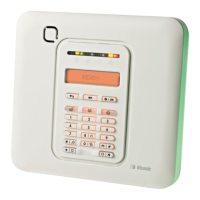
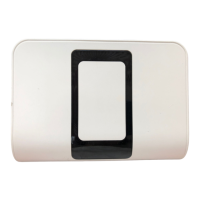
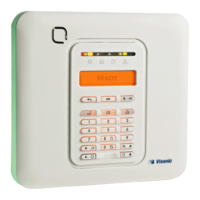
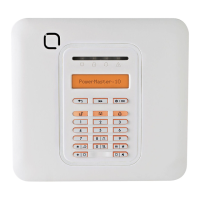
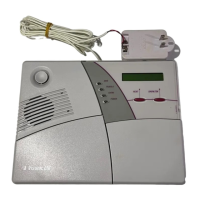
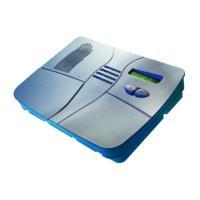
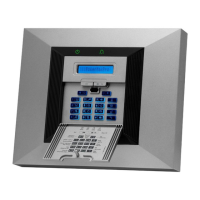
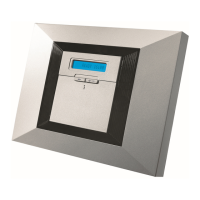
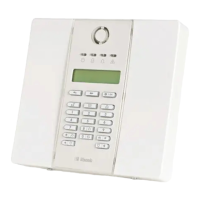
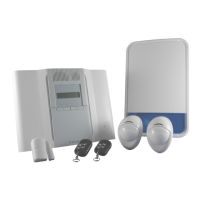

